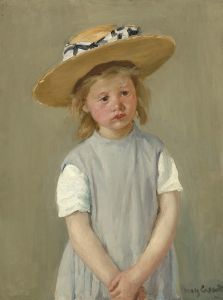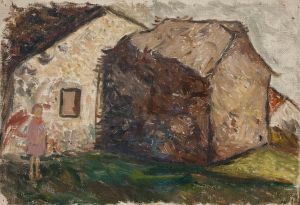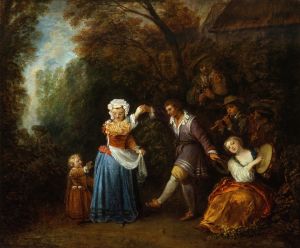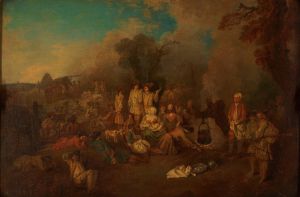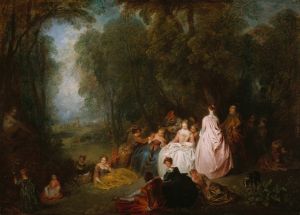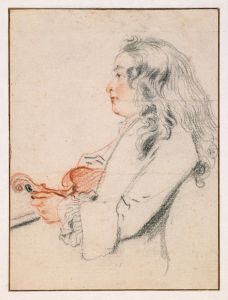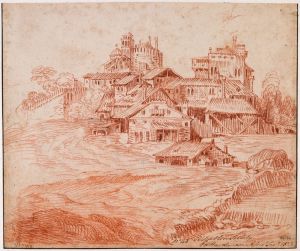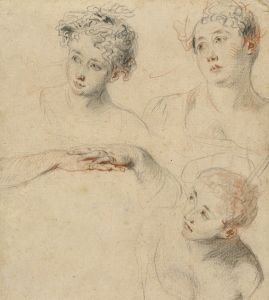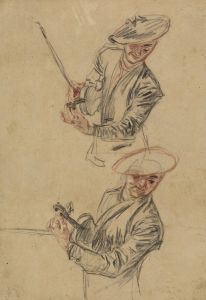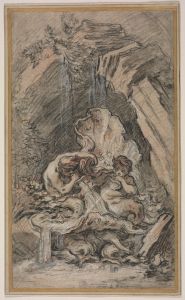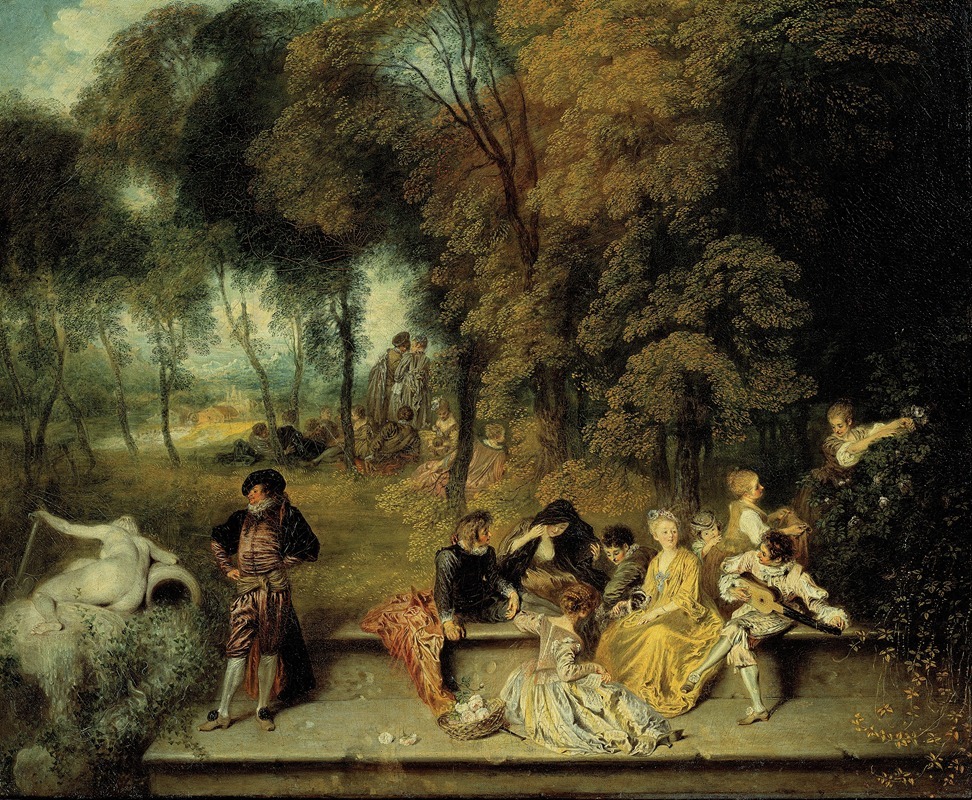
Pleasures of Love
A hand-painted replica of Jean-Antoine Watteau’s masterpiece Pleasures of Love, meticulously crafted by professional artists to capture the true essence of the original. Each piece is created with museum-quality canvas and rare mineral pigments, carefully painted by experienced artists with delicate brushstrokes and rich, layered colors to perfectly recreate the texture of the original artwork. Unlike machine-printed reproductions, this hand-painted version brings the painting to life, infused with the artist’s emotions and skill in every stroke. Whether for personal collection or home decoration, it instantly elevates the artistic atmosphere of any space.
Jean-Antoine Watteau's Pleasures of Love is a painting that exemplifies the Rococo style, a movement characterized by its lightness, elegance, and focus on themes of love and leisure. Watteau, a French painter active in the early 18th century, is widely regarded as one of the most influential artists of the Rococo period. His works often depict scenes of aristocratic life, pastoral settings, and theatrical performances, blending reality and fantasy in a delicate and poetic manner.
Pleasures of Love is believed to have been created around the early 18th century, during Watteau's mature period. The painting portrays a group of elegantly dressed figures in a lush, outdoor setting, engaging in leisurely activities that suggest romantic or flirtatious interactions. The composition is typical of Watteau's fêtes galantes, a genre he popularized, which features scenes of courtly love and refined entertainment in idyllic landscapes.
The artwork is notable for its soft, atmospheric quality, achieved through Watteau's masterful use of color and light. His delicate brushwork and subtle tonal transitions create a dreamlike ambiance, enhancing the sense of intimacy and charm. The figures are rendered with grace and fluidity, their poses and gestures conveying a sense of spontaneity and naturalism. The setting, with its verdant foliage and dappled light, further emphasizes the romantic and pastoral mood of the scene.
While the exact narrative or symbolism of Pleasures of Love remains open to interpretation, the painting reflects the cultural and social values of the French aristocracy during the early 18th century. It celebrates the pursuit of pleasure, beauty, and emotional connection, themes that were central to the Rococo aesthetic. Watteau's ability to capture the fleeting moments of human interaction and his sensitivity to the nuances of emotion have made his works enduringly popular and influential.
The current location of Pleasures of Love is not definitively documented, as many of Watteau's works have been dispersed across various collections over the centuries. However, his paintings are held in major museums and private collections worldwide, and his legacy continues to be celebrated as a cornerstone of Rococo art.
This painting, like much of Watteau's oeuvre, demonstrates his unique ability to blend technical skill with poetic imagination, offering viewers a glimpse into the refined and ephemeral world of 18th-century French society.





